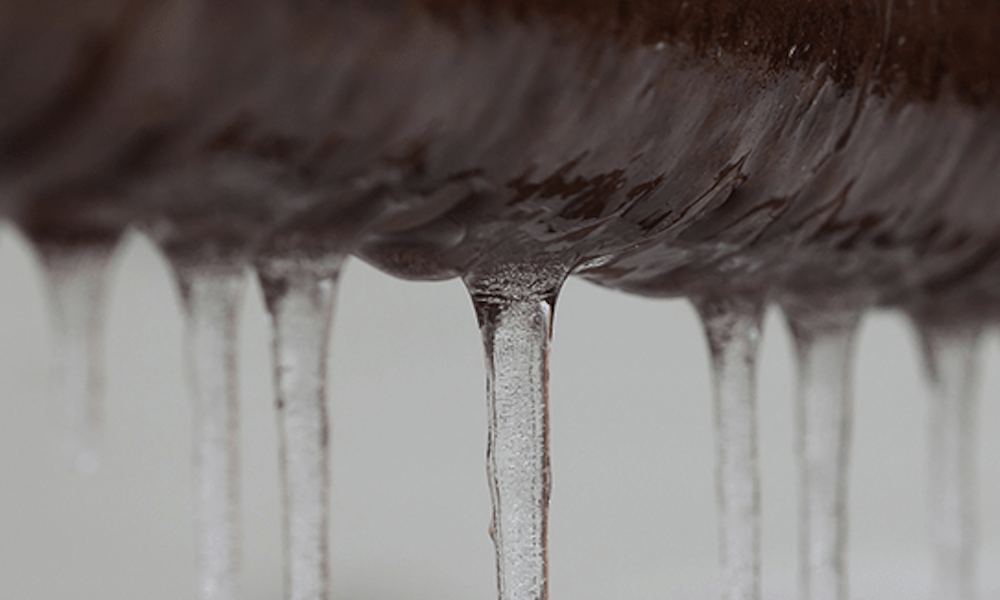
As you prepare your home for winter weather, make sure that winterizing your pipes is on your to-do list. Cold winter temperatures can cause the water in your pipes to freeze, which can lead to your pipes bursting. Not only is this expensive to repair, but the burst could inflict considerable damage on your home.
While it’s not overly complicated to do, winterizing your pipes does take some forethought and maybe a little practice too. The best time to take care of your pipes is in autumn, before winter weather sets in, but it’s always good to revisit these steps if severe cold temperatures are approaching. Here are our top five tips to help prevent your pipes from freezing.
Drain Outdoor Faucets and Disconnect Hoses
First, close the shut-off valve that controls the flow of water in the pipe to your outdoor faucet. Then, head outside to disconnect and drain your hose and open the outdoor faucet to allow the water to completely drain out of the line. Turn off the faucet when done. Finally, head back to the shut-off valve and drain the remaining water inside the pipe into a bucket or container. Additionally, if you have a home irrigation system, you should consider hiring an expert to clear the system of water each year.
Insulate Pipes
One of the best and most cost-effective methods for preventing frozen water pipes is to wrap your pipes with insulation. This is especially important for areas in your home that aren’t exposed to heat, such as an attic. We suggest using foam sleeves, which can typically be found at your local hardware store.
Keep Heat Running at 65
Your pipes are located inside your walls, and the temperature there is much colder than the rest of the house. To prevent your pipes from freezing, The Insurance Information Institute suggests that you keep your home heated to at least 65 degrees, even when traveling. You may want to invest in smart devices that can keep an eye on the temperature in your home while you’re away.
Leave Water Dripping
Moving water — even a small trickle — can prevent ice from forming inside your pipes. When freezing temps are imminent, start a drip of water from all faucets that serve exposed pipes. Leaving a few faucets running will also help relieve pressure inside the pipes and help prevent a rupture if the water inside freezes.
Open Cupboard Doors
Warm your kitchen and bathroom pipes by opening cupboards and vanities. You should also leave your interior doors ajar to help warm air circulate evenly throughout your home.
What to Do if Your Pipes Freeze
If your pipes have frozen, but have not cracked or burst, quickly follow these four steps to try and thaw your pipes:
- Find your main water supply valve and turn off your water.
- Turn on faucets to relieve pressure and leave them on while thawing pipes.
- Attempt to thaw pipes with a portable heater or hair dryer if the pipe is easily accessible. Do not use an open flame.
- Check for leaks and contact a plumber to ensure there is no damage. Even if a pipe does not burst, it may have been weakened by the pressure of the ice.
What to Do if Your Pipes Burst
In the event that your pipes burst, call your insurance company as soon as possible so they can inspect any damage. In the meantime, remove nearby carpet or furniture that could be further damaged by the incident, make a list of any damaged property, and save receipts for anything you spend on fixing the problem.

